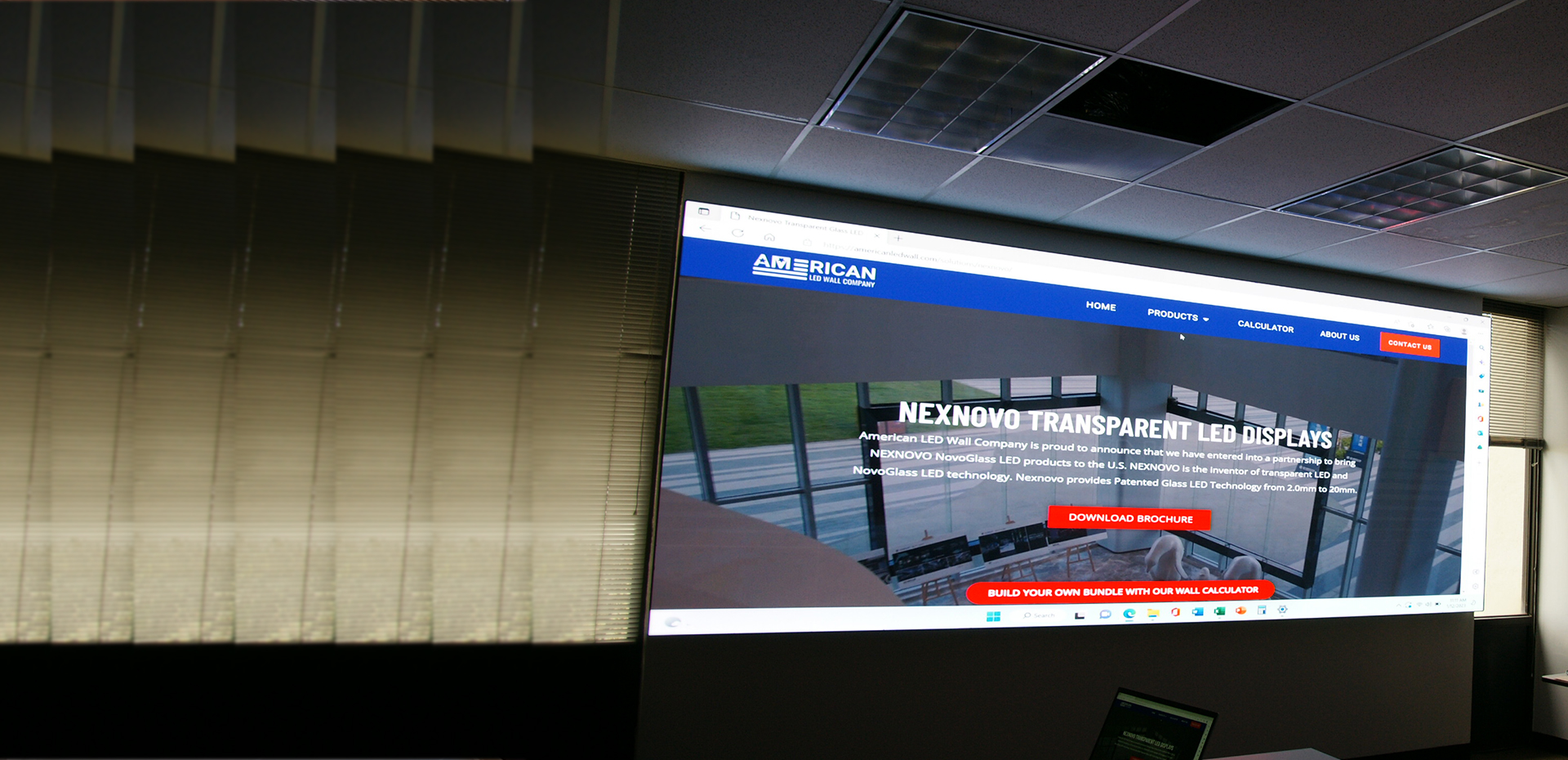Understanding the Frequent Causes of Light Emitting Diode Wall Display Breakdown
Wiki Article

Light Emitting Diode panel screens are commonly utilized in multiple environments, from advertisements to residential theaters. These panels are favored because they provide bright and dynamic images while being energy-efficient. However, like all electronic gadgets, LED wall panels can experience malfunctions. Comprehending the common reasons of these failures is important for preserving their functionality and guaranteeing longevity. This article examines several key elements that can lead to the malfunctioning of LED panel panels.
One of the primary common reasons of malfunction in LED panel panels is excessive heat. LED technology produces heat during operation, and if this heat is not properly managed, it can harm internal components. Poor airflow or inadequate cooling mechanisms can exacerbate the problem. When the heat rises beyond the recommended levels, it can lead to reduced brightness, color deviation, or total failure of the panel. Regular care, including dusting air vents and ensuring proper airflow, can assist avoid overheating and extend the lifespan of the panel.
Another significant cause contributing to LED wall panel failure is power surges. Variations in the power supply can cause damage to electronic components within the panel. Sudden jumps in voltage can lead to Get More Information blown fuses or faulty circuits, leading in malfunctioning displays. Using surge protectors and voltage regulators can reduce this threat by normalizing the electricity supply and safeguarding sensitive digital parts. Ensuring that the electrical system is up to code and capable of supporting the electricity needs of the screen is also critical.
External factors play a vital role in the functionality of LED panel panels. Exposure to extreme temperatures, humidity, or dust can adversely impact their functioning. For click to find out more example, high moisture can lead to moisture buildup inside the panel, which can cause short circuits or damage of internal parts. Similarly, too much dust accumulation can block ventilation and result to overheating. Placing LED panels in controlled environments and regularly maintaining them can assist preserve optimal performance and prevent failures.
Additionally, manufacturing flaws can result to early malfunctions in LED wall panels. Quality control during manufacturing is crucial to guarantee that each panel meets industry standards. Defective parts or poor construction can lead in issues such as dead pixels or uneven brightness. It is important for buyers to purchase LED wall screens from trusted brands that provide guarantees and service. This guarantees that any potential defects can be addressed quickly, reducing downtime and annoyance.
In conclusion, comprehending the frequent reasons of LED wall panel failure can help consumers take preventive measures to ensure their longevity and functionality. By tackling overheating, protecting against power surges, considering environmental factors, and choosing quality products, consumers can greatly reduce the risk of malfunction. Regular care and awareness of these factors will result to a superior experience with LED wall screens, regardless for personal or professional use.